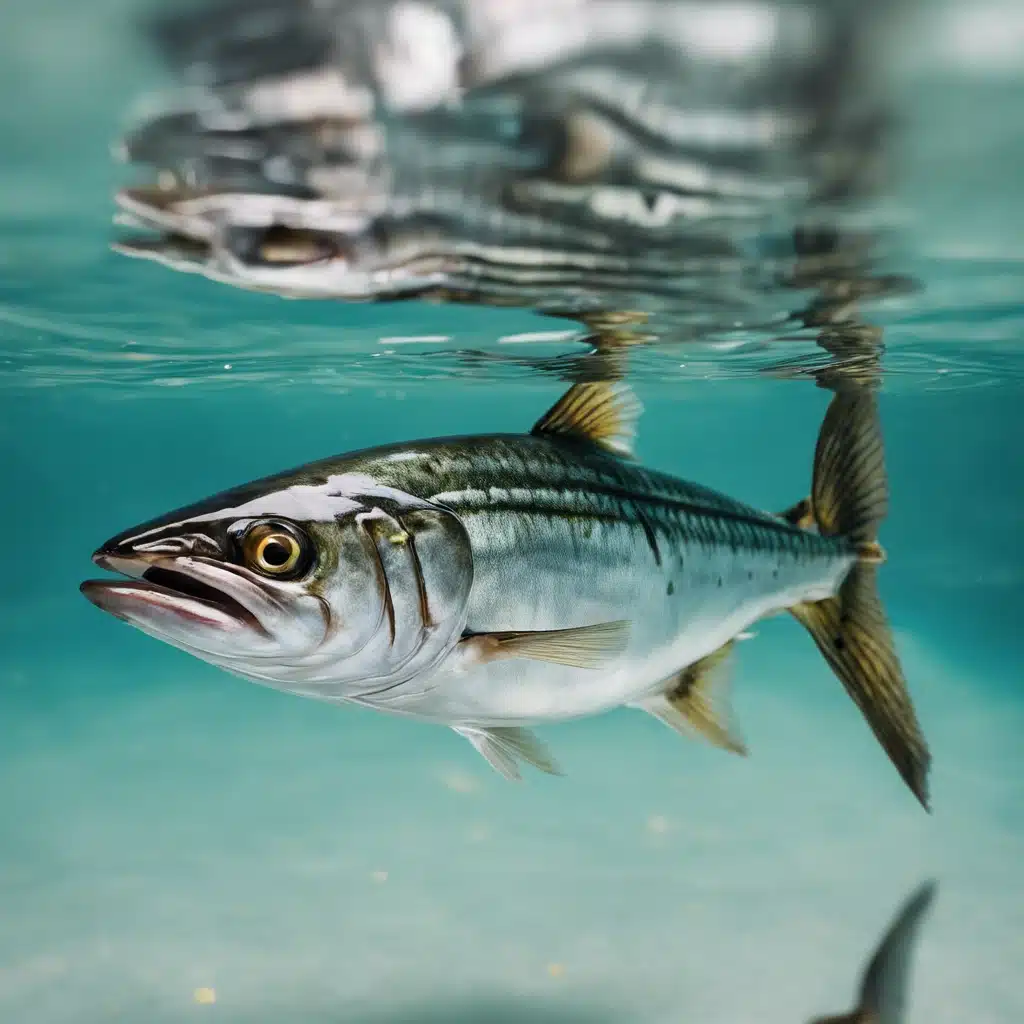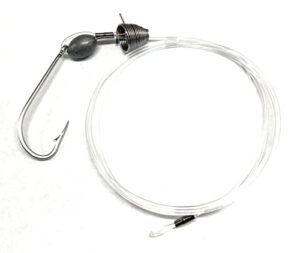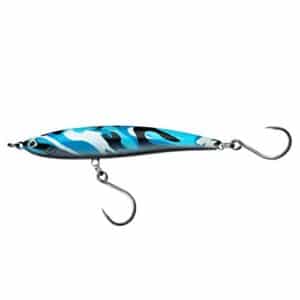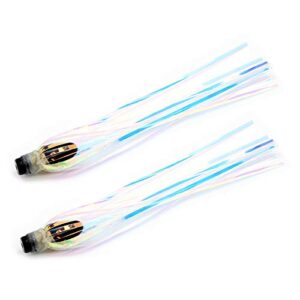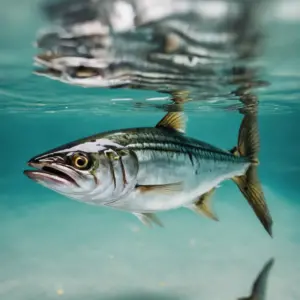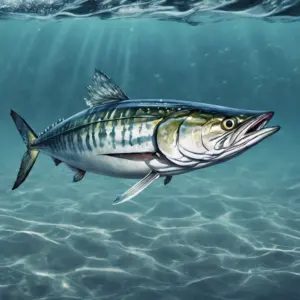Mackerel Fishing Lures
Mackerel: Fast and agile, Mackerel are caught using small shiny lures or feathers while trolling or casting from shore. They often travel in schools, leading to fast-paced action.
Common Lures for Mackerel fish
Catching Mackerel, known for their speed and aggression, can be exciting and productive with the right lures. Mackerel are attracted to lures that mimic small baitfish or other prey. Here are some common lures used for Mackerel fishing:
Spoons: Metal spoons are highly effective for Mackerel due to their reflective surface and erratic action, which mimics a fleeing or injured baitfish. Lightweight spoons can be cast far and retrieved quickly.
Feather Jigs: Small feathered jigs or sabiki rigs can be very effective, especially when jigged or trolled. The feathers mimic the small fish and squid that Mackerel feed on.
Small Plugs: Minnow-style plugs and crankbaits that mimic small baitfish can trigger strikes from Mackerel. These can be trolled or cast and retrieved at a speed that keeps them moving enticingly through the water.
Soft Plastic Lures: Soft plastics, such as swimbaits or grubs rigged on a jig head, can also be effective, especially when they are matched to the size and color of local baitfish.
Metal Jigs: Slim, metal jigs can be great for deeper water or when Mackerel are feeding below the surface. They can be jigged vertically or cast and retrieved with a fast, jerky motion.
Topwater Lures: In situations where Mackerel are feeding at the surface, small topwater lures can provide exciting action. Poppers and walking baits can entice aggressive surface strikes.
Spinners: Inline spinners, with their spinning blade creating vibration and flash, can also attract Mackerel, especially in clearer waters where visual cues are important.
When fishing for Mackerel, it’s important to consider the size of the lure in relation to the size of the baitfish Mackerel are feeding on. Mackerel have sharp teeth, so using a leader can help prevent line cuts. Additionally, varying the speed of retrieval and depth of the lure can help locate and attract more fish. Fast, erratic retrieves often mimic the panicked movements of prey and can be particularly effective.

